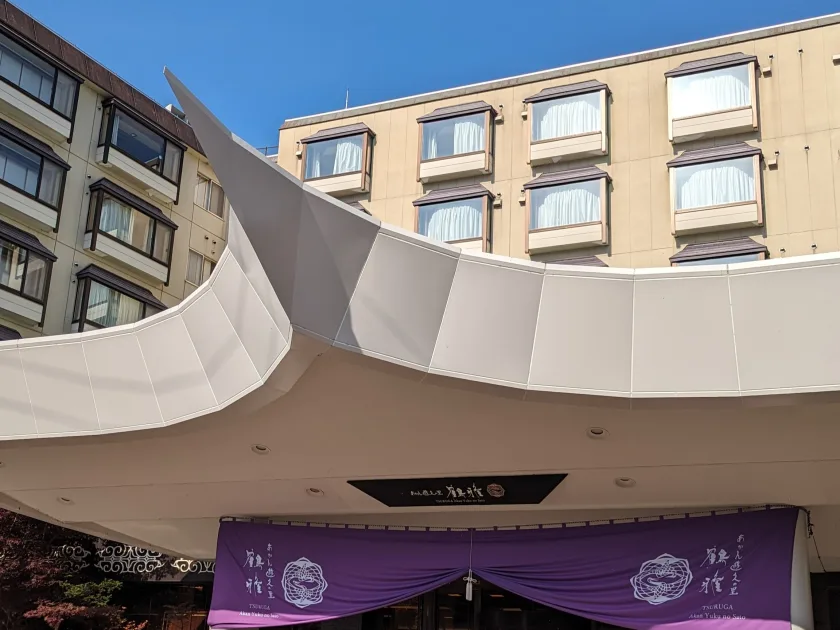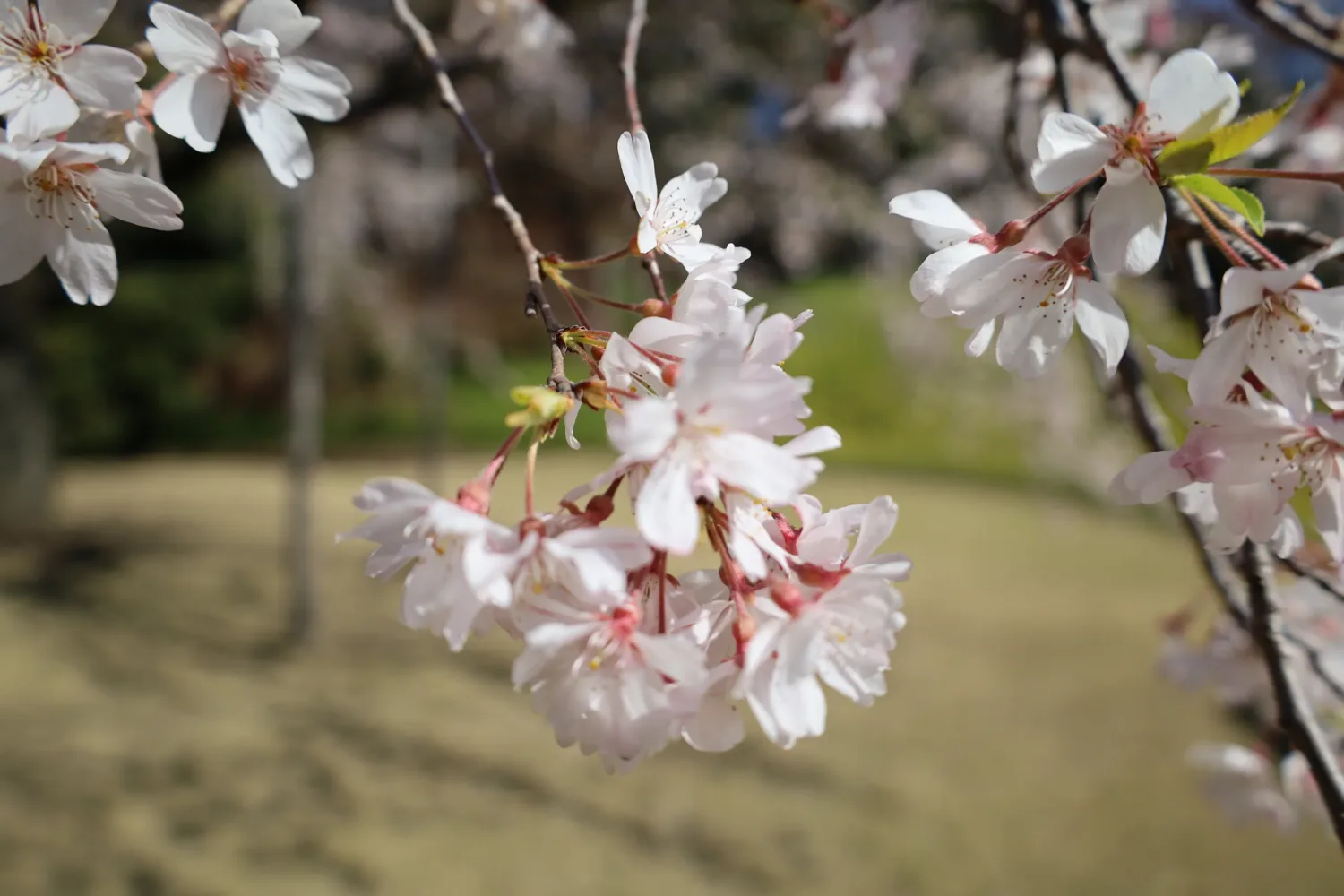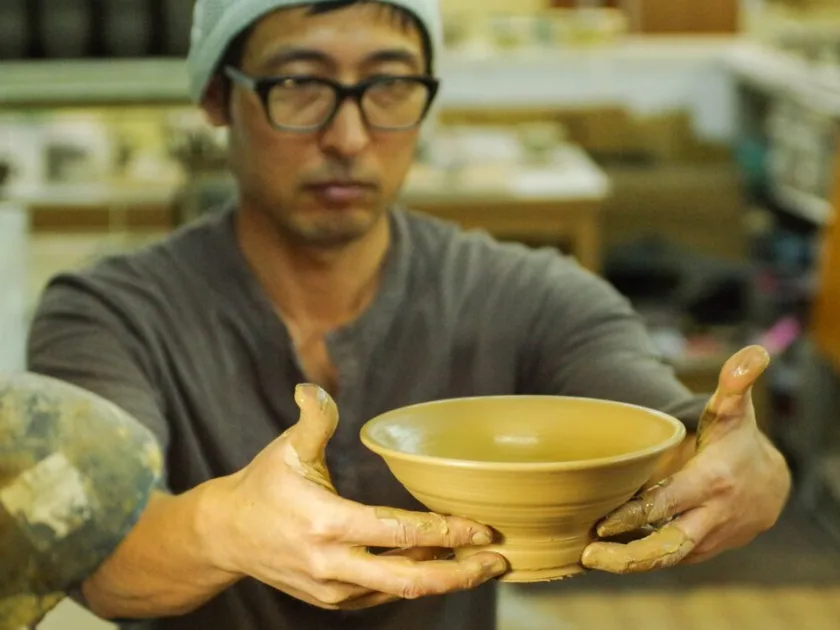Business Alliance with Tsuruga Group, Leader in the Hotel Industry
Business Alliance with Tsuruga Group, Leader in the Hotel Industry Our company, EDO KAGURA Corporation, has established a business alliance with four companies of the Tsuruga Group (Tsuruga Resort Co., Ltd., Tsuruga Tourism Development Co., Ltd., Hotel Yamaura Co., Ltd., and Abashiri Hokuten no Oka Co., Ltd., hereinafter referred to as ‘Tsuruga Group’). We have commenced offering our accessible travel service for luggage and language, ‘NINJA KOTAN,’ to guests of the Tsuruga Group from January 1, 2024. Our collaboration extends to 11 lodging facilities of the Tsuruga Group, a top group in Japan’s hotel industry, which is a great honor for us. Today, we are pleased to introduce the Tsuruga Group. The Tsuruga Group was founded in 1955 with the establishment of the Akan Grand Hotel. Since then, overcoming many challenges, their ‘Akan Yuku no Sato Tsuruga’ won the ‘JTB 2001 Excellent Service Ryokan Hotel’ award, standing at the pinnacle among 4,600 inns nationwide. In 2006, it was ranked first overall in the ‘Top 250 Popular Onsen Ryokan Hotels Chosen by Travel Professionals,’ hosted by the Tourism News Agency, establishing the Tsuruga Group as a top-class lodging group in Japan. In 2009, they launched the ‘Zero Carbon Project’ and won









